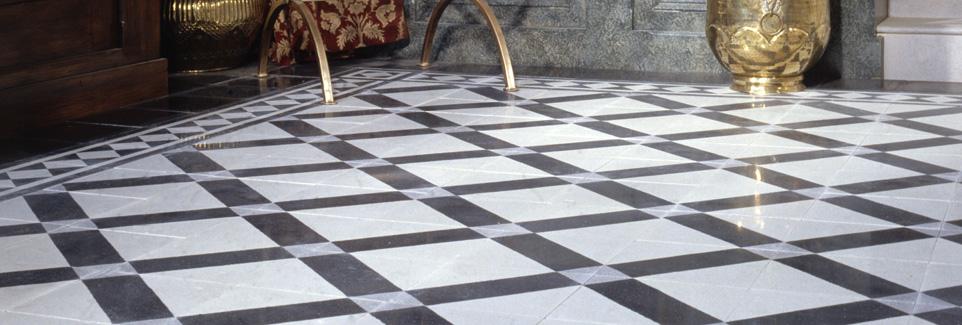












Africa is of great variety. The arts of Africa or African Americans is the constitute one of the most diverse legacies on earth. Though many casual observers tend to generalize "traditional" African art, the continent is full of peoples, societies, and civilizations, each with a unique visual special culture.
Despite this diversity, there are some unifying artistic themes when considering the totality of the visual culture from the continent of Africa.
Emphasis on the human figure: The human figure is the primary subject matter for most African art. In historical periods involving trade between Africa and Europe, the introduction of the human body into existing European pottery and other art forms can reliably be taken as evidence of contact with African cultures. For example in the fifteenth century Portugal traded with the Sapi culture near the Ivory Coast in West Africa, who created elaborate ivory saltcellars that were hybrids of African and European designs, most notably in the addition of the human figure (the human figure typically did not appear in Portuguese saltcellars).
Visual Abstraction: African artworks tend to favor visual abstraction over naturalistic representation. This is because many African artworks, regardless of medium, tend to represent objects or ideas rather than depict them. Even the so-called portrait heads of Ile-Ife in modern day Nigeria, usually thought of as naturalistic representations of rulers, have actually been smoothed and simplified in an effort to abstract and generalize stylistic norms. Ancient Egyptian art, also usually thought of as naturalistically depictive, makes use of highly abstracted and regimented visual canons, especially in painting, as well as the use of different colors to represent the qualities and characteristics of an individual being depicted.
Emphasis on Sculpture: African artists tend to favor three-dimensional artworks over two-dimensional works. Even many African paintings or cloth works were meant to be experienced three-dimensionally. House paintings are often seen as a continuous design wrapped around a house, forcing the viewer to walk around the work to experience it fully; while decorated cloths are worn as decorative or ceremonial garments, transforming the wearer into a living sculpture.
Emphasis on Performance Art: An extension of the utilitarianism and three-dimensionality of traditional African art is the fact that much of it is crafted for use in performance contexts, rather than in static ones. For example, masks and costumes very often are used in communal, ceremonial contexts, where they are "danced." Most societies in Africa have names for their masks, but this single name incorporates not only the sculpture, but also the meanings of the mask, the dance associated with it, and the spirits that reside within. In African thought, the three cannot be differentiated.
Multiplicity of Meaning: Symbols and forms in African art are typically intended to represent different things to different members of society, depending on age, gender, education, or social status.
By Appointment
PARIS CERAMICS
South Park Studios - Suite 10
88 Peterborough Road, London SW6 3HH
United Kingdom